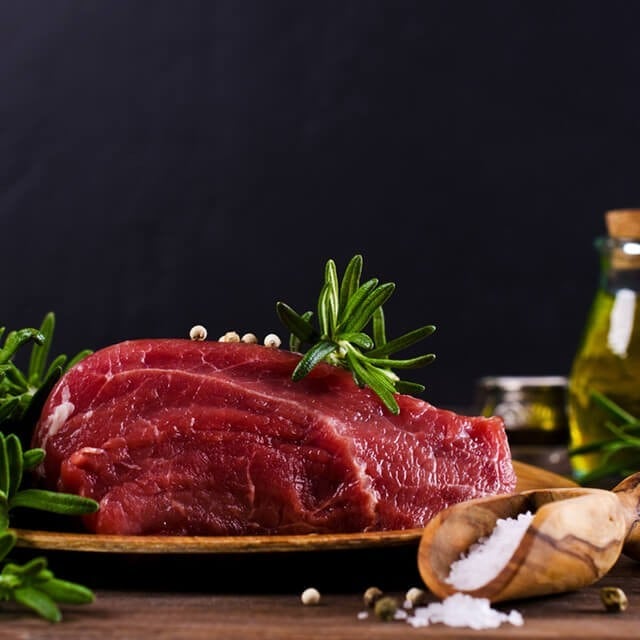Training & Support
A wide range of training & support resources for chefs and foodservice professionals
-
![Digital marketing: online tools for foodservice]()
Digital marketing: online tools for foodservice
Discover how clever digital marketing can really boost your restaurant. This course provides expert advice on the likes of crea...
-
![Delivery & takeaway]()
Delivery & takeaway
With advice from top chefs such as Adam Handling, this course will guide you through how to start a food delivery service. It c...

































































